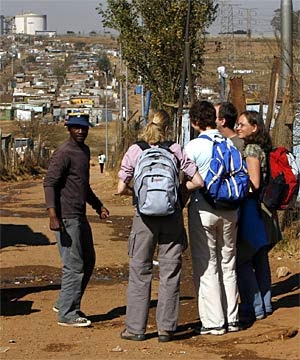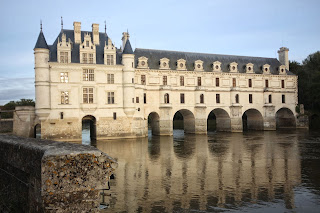The waiting rooms of immigration halls are the few places in
the world that bridge that vast social divide. I was recently at the Nanterre Prefecture
Immigration office renewing my Carte de Séjour, and it dawned me that: for as
long as I am a guest in a country that is not my own, I will spend some
fraction of my life doing the bench shuffle.
The bench shuffle is that tedious movement you make on a
waiting room bench, often plastic, in the immigration hall of your host country
while waiting to be legitimized in some way. Whether you’re seeking a temporary
or permanent status; fleeing or touring; are financial secure or spiritually
content; a captain of industry or of your own street corner - the bench shuffle is for everyone. It
does not discriminate.
I saw it with my last visit, clutching my mandatory official-looking manila envelope that held everything about who I am: not my name and my profession, but my name and a very odd designation : étrangère (foreigner). The monitors, high up above our heads,
counted down every one foreigner served at the numerous counters, indicating
waiting times varying between 35 and 97minutes. Yes, they calculated down to the last minute
the amount of time we would spend shuffling those 5 centimetres, every 5
minutes.
I am still unsure of whether those monitors are on real time
or if they are just a form of cruel and unusual punishment meted out by some
sadistic immigration official. Give them
a really random range and let them mull over that while we have our coffee break.
Either way, you are held hostage by that bench – move and you lose your place –
nod off and you miss your number. So we grimace and bear it, along with the hordes
of crying babies, bored teenagers, apprehensive mothers, and agitated fathers
of British, African, Chinese, Algerian and Eastern European descent alike
because in those immigration halls, we are all equal.





